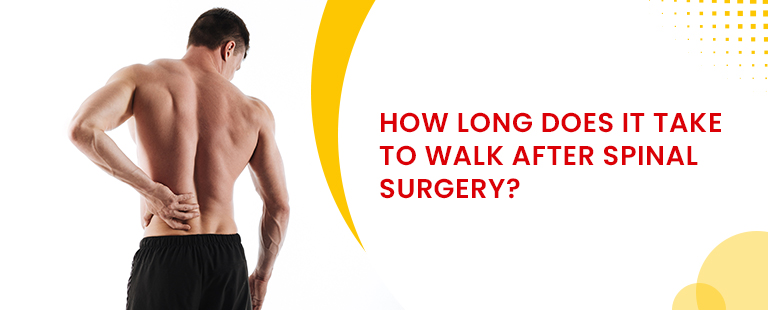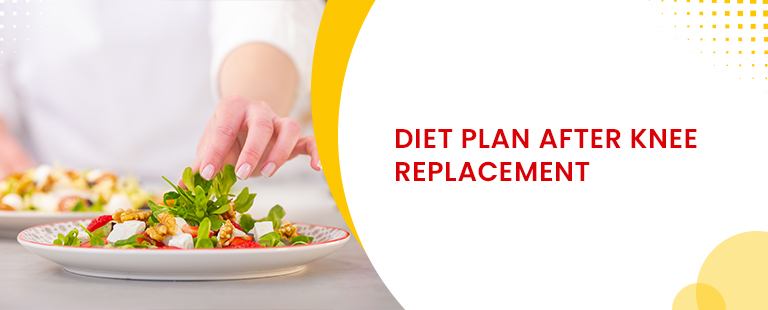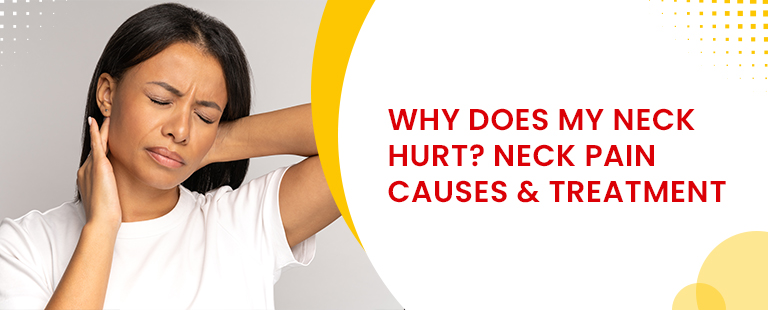The recovery time required after a lumbral depression surgery depends on your fitness level. Hence, it is recommended that the patients have a physiotherapy session before undergoing surgery.
On the day of surgery, after the procedure is done, it is recommended for the patient to walk and move around. You would be discharged around 1 to 4 days after the surgery.
Spinal cord surgery recovery time is anywhere between 4 to 6 weeks. After that, you will have a relaxed level of mobility. The spinal surgery recovery time mainly depends on the severity of the injury and symptoms before the surgery.
After you wake up from the lumbar decompression surgery, you will feel soreness in your back and will have one or more tubes attached to the body. It would include the following:
- Intravenous drip would ensure hydration levels in the body.
- Drain to remove any excess fluid from the body.
- A thin, flexible tube ( catheter) is inserted in the urethra if you face micturition issues.
- Pump to inject painkillers directly into the veins.
These tubes remain attached to the body for a short time after surgery.
Immediately after the surgery, you would experience some extent of pain in the area. Pain relief medicines would be given during the spine surgery recovery time. You would notice an immediate improvement in the original leg pain, but if you don’t see so, inform the doctor.
Usually, very few people face problems in their postoperative period. It is mostly temporary, but in rare cases, if nerve damage occurs, it can interfere with bladder and leg movements. During the spinal surgery recovery time, make sure to inform each detail to the doctor.
The pain would decrease in around 6 weeks of the spine surgery recovery time to disappear completely.
Stitches
Doctors might do stitches or staples to close the cuts and incisions on the surgical site. Stitches done in deep layers of the skin would dissolve themselves and don’t need to be removed. Instead, the non-dissolvable stitches would be removed 5 to 10 days after the surgery.
The stitches are covered by simple adhesive dressing like plaster. Make sure to keep it dry. After the stitches are removed, you can usually take a bath.
Rehabilitation
After the surgery, the doctor would want you to move around and walk for a smooth and shorter spinal surgery recovery time. Inactivity can cause blood clot development in the leg (DVT).
After the surgery, a physiotherapist would help you regain strength and movement after the surgery. In addition, they would train you with some exercises and activities, which would help in faster spinal surgery recovery time.
At home
It takes 1 to 4 days for the patient to return to their home. The time duration of hospital stay depends on the extent of the surgery, your health conditions and the rate of spinal cord surgery recovery time.
Remember to keep your activity level as instructed when you are at home and then gradually increase it. You would require help in the first week after the surgery. Having an active routine would facilitate the spine surgery recovery time. Follow all the instructions of the doctor and physiotherapist. Avoid sitting or standing in the same posture or position for more than 15 to 20 minutes, as it can make your muscles stiff and sore.
Walking is an easy way of maintaining an active routine. Avoid getting into heavy weight lifting, sudden twists and jerks to the muscle when performing daily activities. Instead, increase your limits and the extent of work at a slow pace.
After the surgery, you would have to go for follow-up appointments during your spinal cord surgery recovery time. It is done to check the progress of the operated area and look for any symptoms or infections in the wound area.
Work
You can resume your work after your doctor has allowed you. It depends on the rate of your recovery as well as the kind of job you do. For low-activity level jobs, you can resume your usual routine 4 to 8 weeks after the surgery and 3 to 6 months for high-level physical activity jobs.
If you follow these tips, you can speed up the recovery time. Contact your doctor for any queries.








